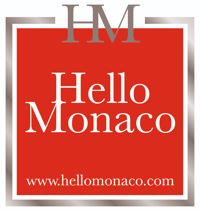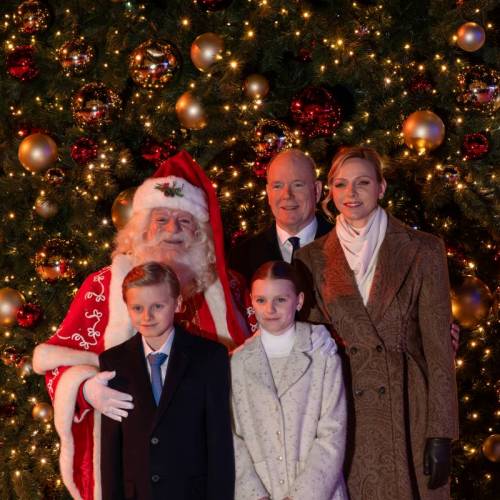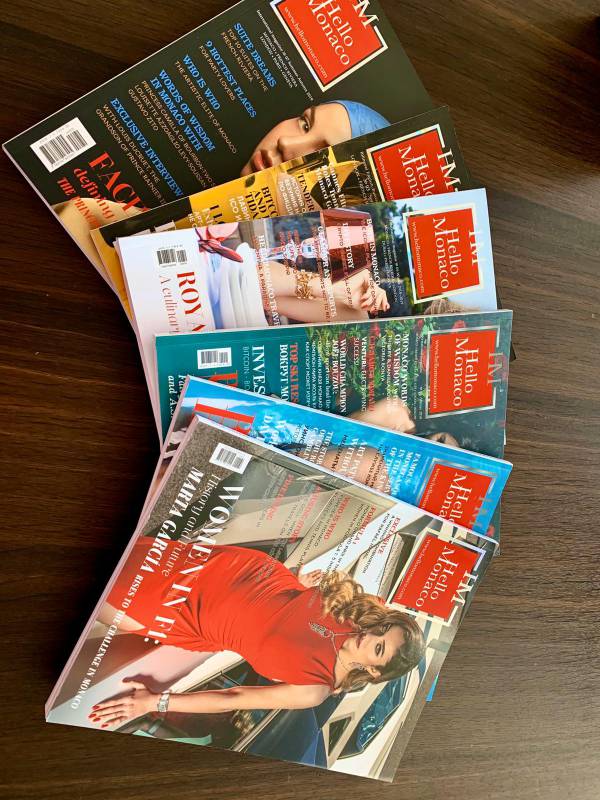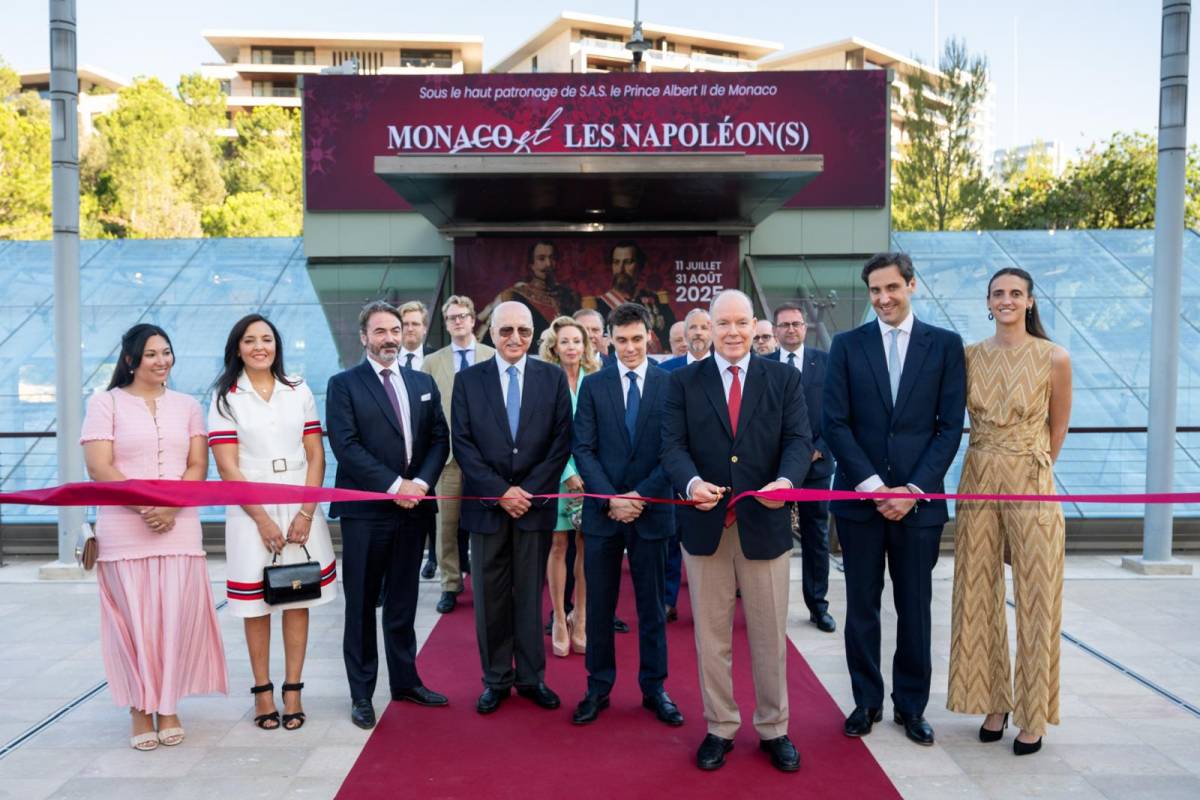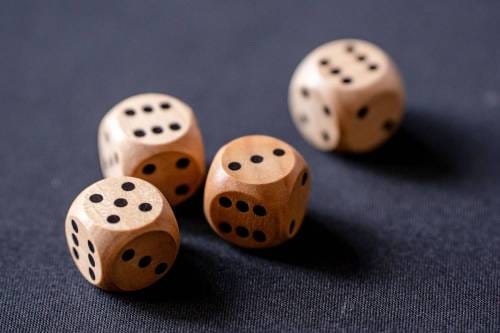There are new sovereigns in town. Or rather, very distinguished ones from the past. From now until August 31st, the Grimaldi Forum Monaco transforms into a time machine draped in velvet and brass, as it hosts “Monaco and the Napoleon(s): Destins croisés”.
This is a gripping saga of exile, empire, opera, lost territory, and imperial romance. It’s also a rare opportunity to take an intriguing waltz through history. And yes, Napoleon is very much back, not in person, but in pageantry.
When Empires and Principalities Collide
Imagine this: March 1815. Napoleon, fresh off his exile in Elba, lands in Golfe-Juan with 800 men. Imagine the nerve of a man who intends to reclaim an empire. On his improbable march to Paris, he encounters a young noble, Prince Honoré V of Monaco, equally surprised and certainly less armed.
It’s a moment so cinematic that Alexandre Dumas wrote it into legend. And now, it anchors an exhibition that traces more than a century of political, personal, and cultural intersections between the Bonapartes and the Grimaldis.

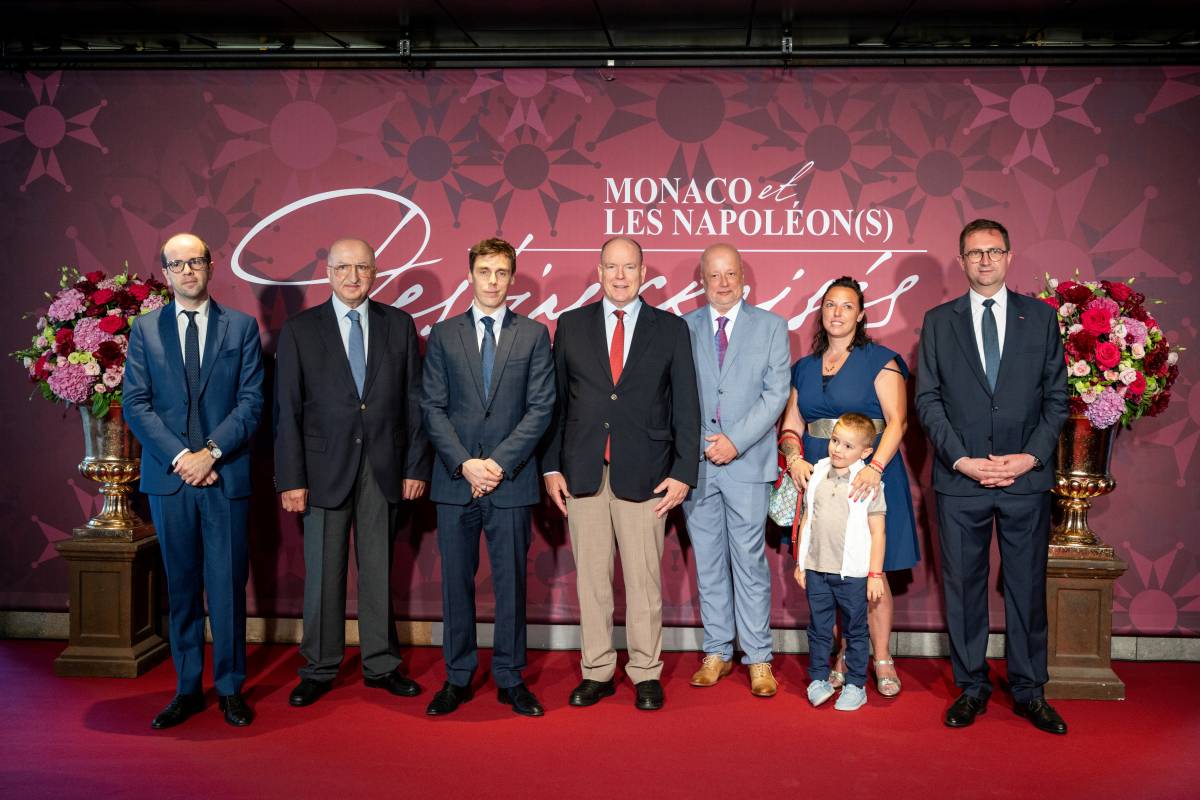
From Snuffboxes to Sovereignty: What’s Inside
More than 180 works, many never before seen, whisper secrets of a Monaco shaped by imperial hands. You’ll find: Joséphine’s jewelry, gems once worn at Malmaison and imperial galas. Napoleon III’s diplomatic echoes are throughout, including the treaty that allowed Monaco to survive as a sovereign state in 1861. Marvel at a rare bird clock, animated and elaborate, a mechanical marvel from the Iakobachvili Collection, reminiscent of Joséphine’s own favourite timepiece. And there are portraits, for example from a German branch of the Grimaldi family, never before unveiled.
Did you know that Monaco’s court rivalled even Paris in ceremonial finesse. See the proof in the opulent silverware collection.
The exhibition plays like a historical drama, and the set design echoes the imperial palace. Think candlelit corridors, marble calm, and the slow tick of time told by the most elegant of clocks.
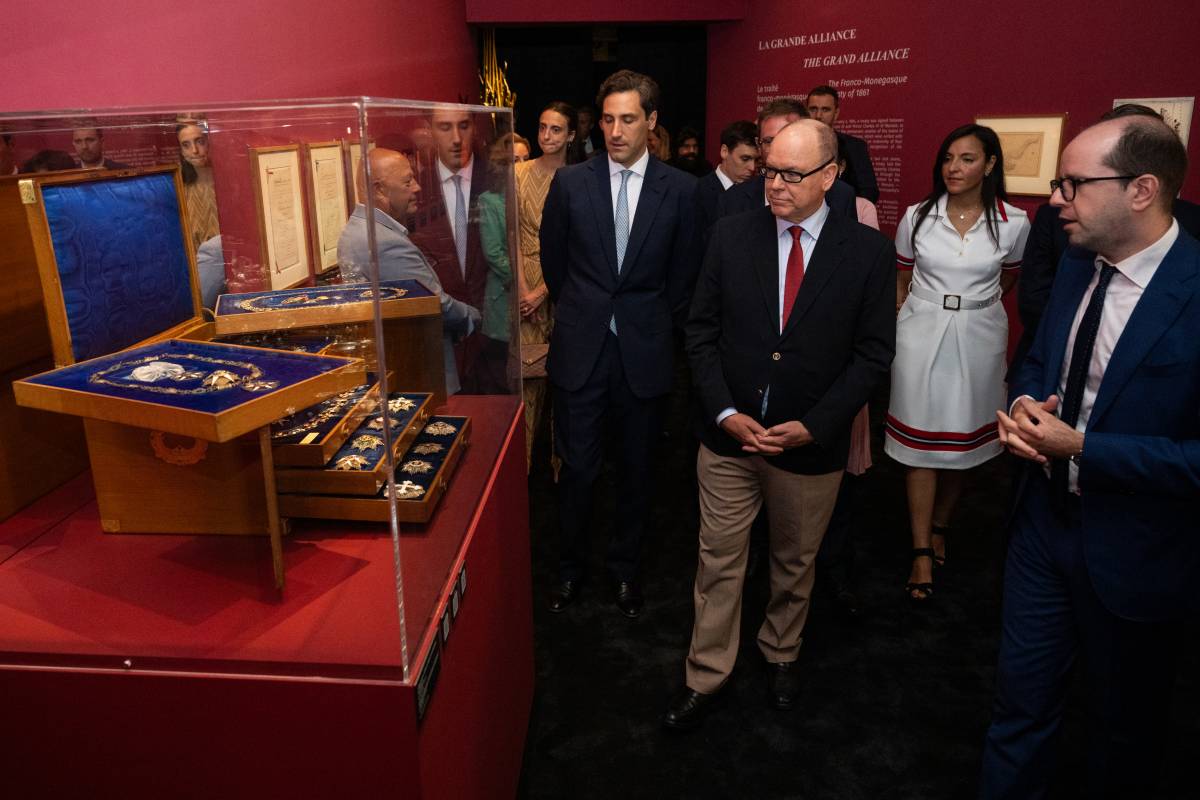
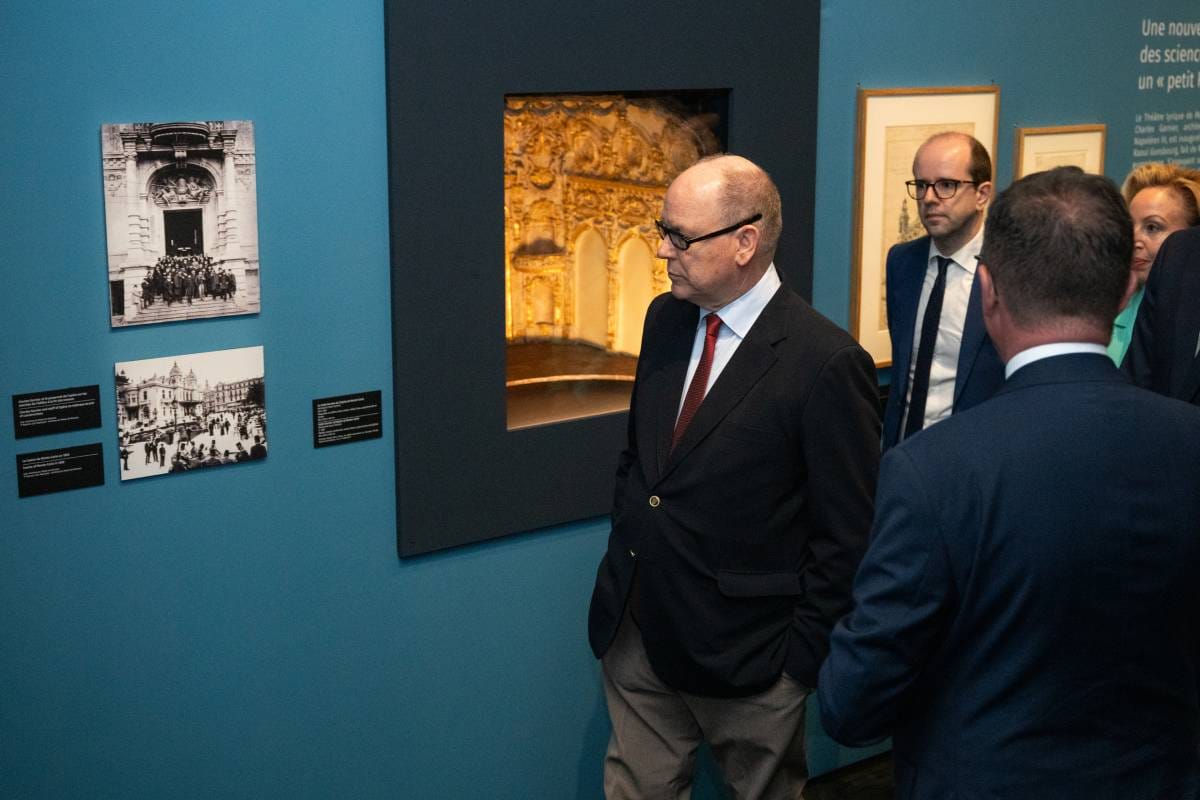
Historians, Heirs, and Hidden Ties
At the helm of this grand tapestry is Louis Ducruet, modern-day ambassador of the exhibit and nephew to Prince Albert II. Fascinated by historical figures, with Napoleon I being so prominent, Ducruet describes the connection between the two dynasties as “intimate, paradoxical, and surprisingly vital.” Under Napoleon I, Monaco vanished from the map. Under Napoleon III, it found its future.
Behind the scenes, historians Pierre Branda, Thomas Fouilleron, and Thomas Blanchy have stitched together a narrative that breathes new life into the chronicles. Without the Napoleons, modern Monaco might never have existed as we know it today.
And judging by the grandeur of this exhibition, they’ve revealed just that.
Of Love Letters and Mechanical Birds
But this is not merely a history of treaties and territorial shifts. It’s a story of human affection and aristocratic entanglements. Empress Eugénie, widow of Napoleon III, referred to Prince Albert I as her “godson of the heart.” She arranged his marriage to Marie Hamilton, herself a descendant of Napoleon’s adopted daughter.
Monaco’s opera house, casino, and very railway were born in the imperial afterglow, an urban rebirth that crowned the city a Belle Époque jewel. From the warfare of borders to the charm of porcelain snuffboxes, the exhibit explores history not just as empire, but as emotion.
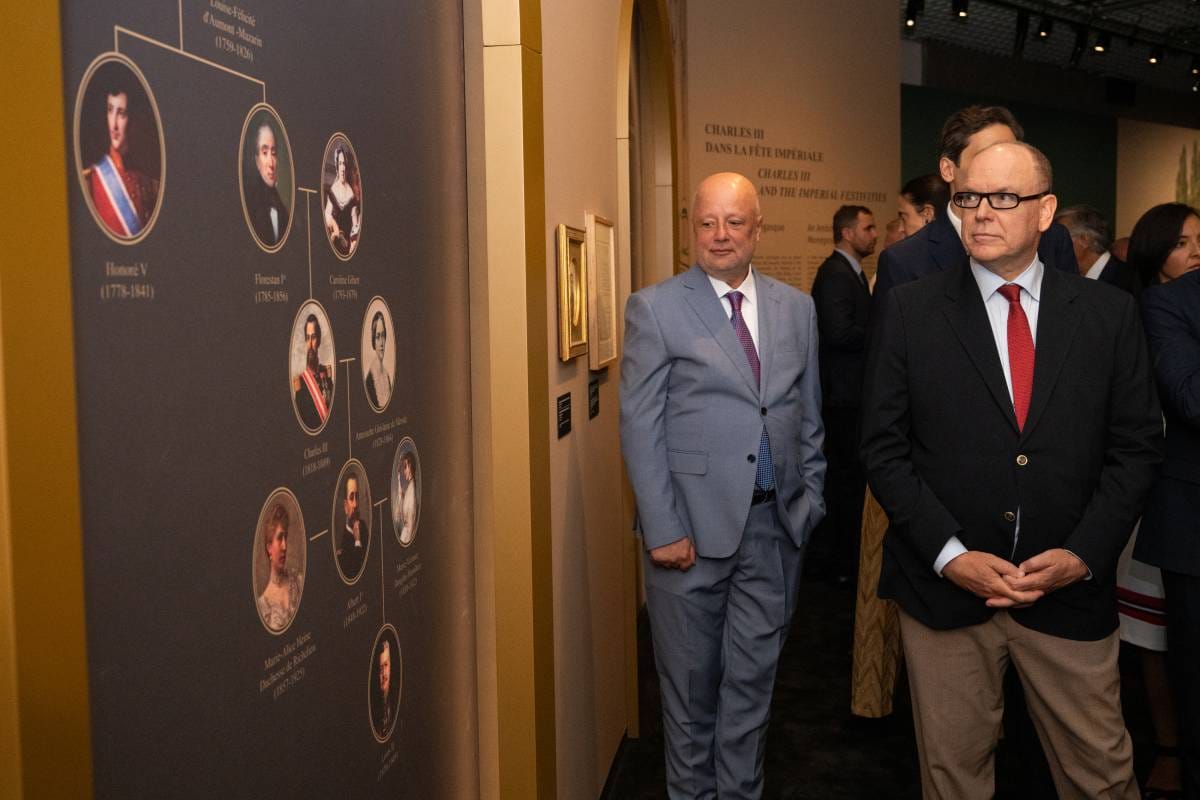

Why You Should Go
Because you’ve likely never seen Napoleon through the lens of Monaco. Because the idea of a tiny principality shaping, and being shaped by, two of France’s greatest emperors is the kind of historical irony no novelist could resist. And because in a world addicted to dynasties, the Bonaparte–Grimaldi tale is one of Europe’s most underrated crossovers.
A Final Word from the Past
The Grimaldis and Bonapartes may not have shared thrones, but they shared history, some of it glorious, some of it tragic, much of it forgotten. Until now.
So, this summer, step into a room where jewels whisper, paintings observe, and time ticks in gilded rhythm. Napoleon has returned to Monaco, not with an army, but with an exhibition.
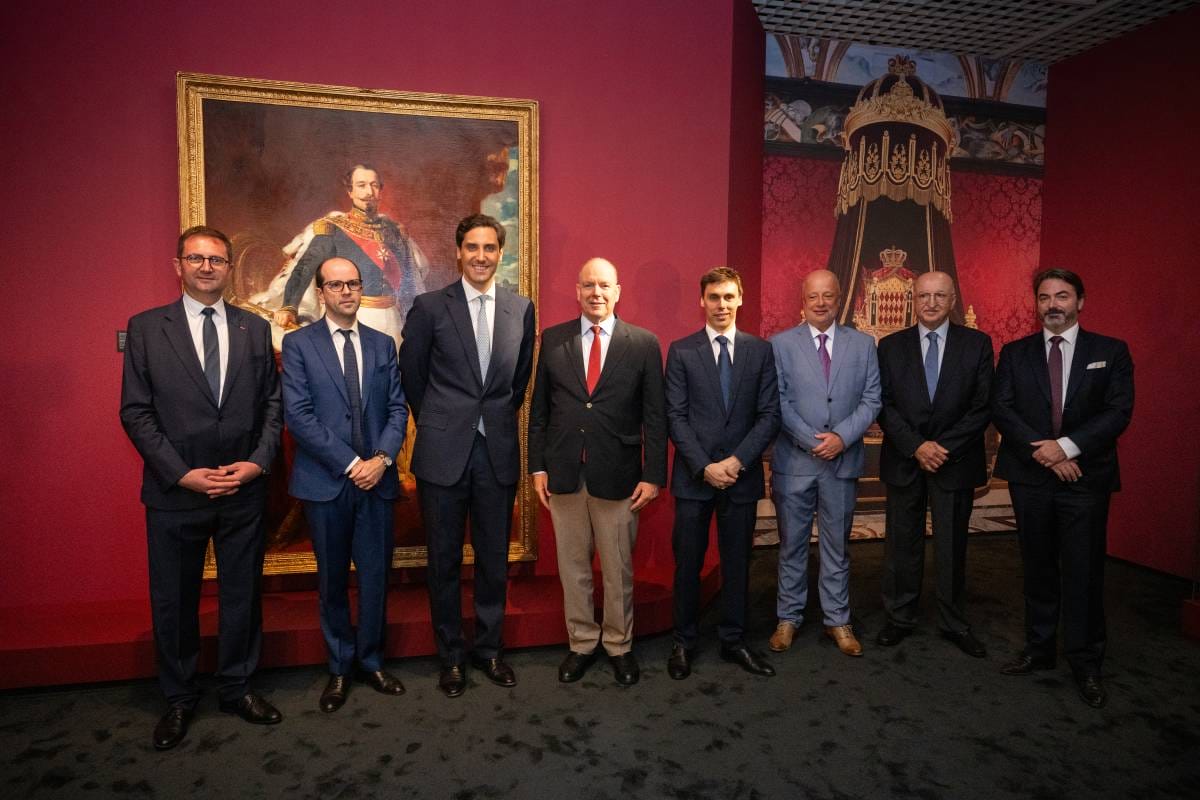
And this time, you’re invited.
